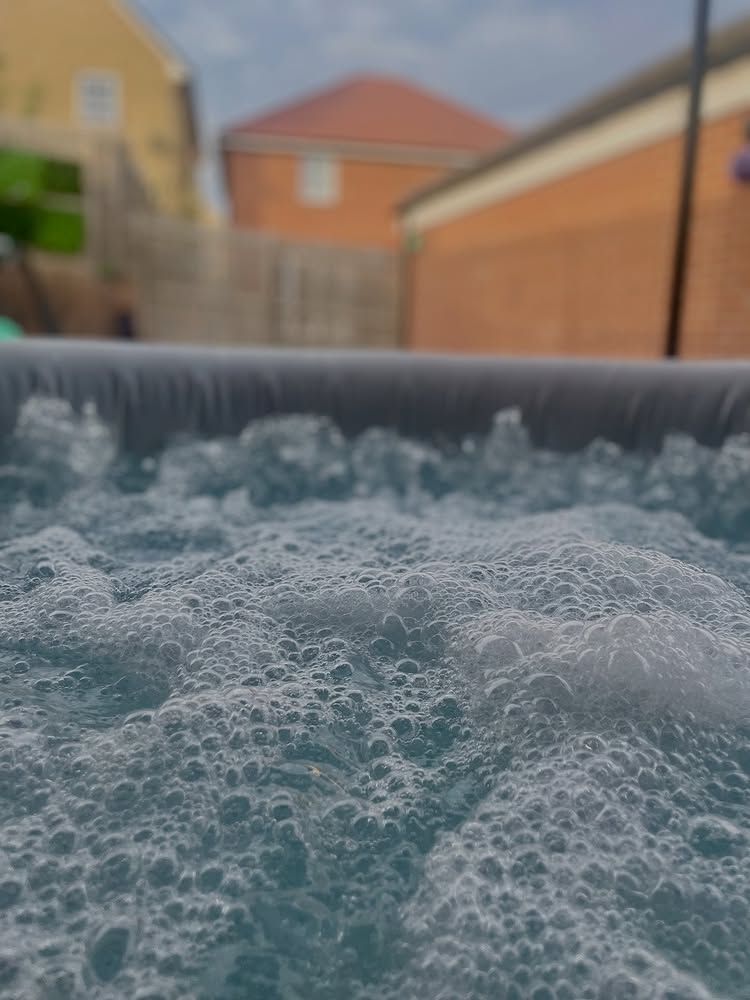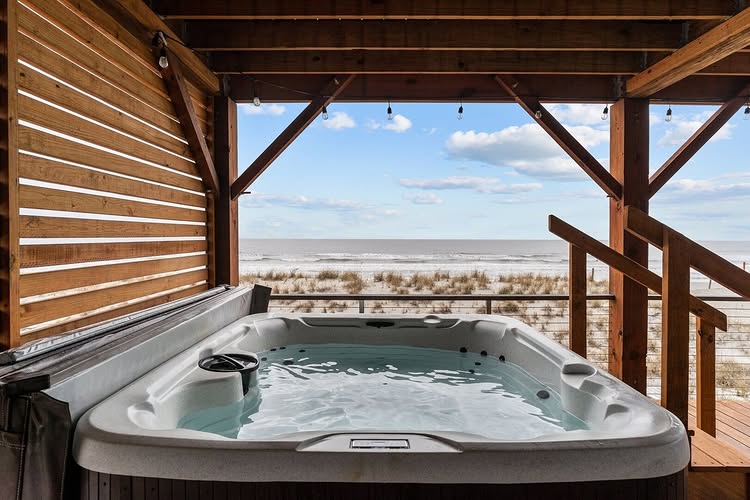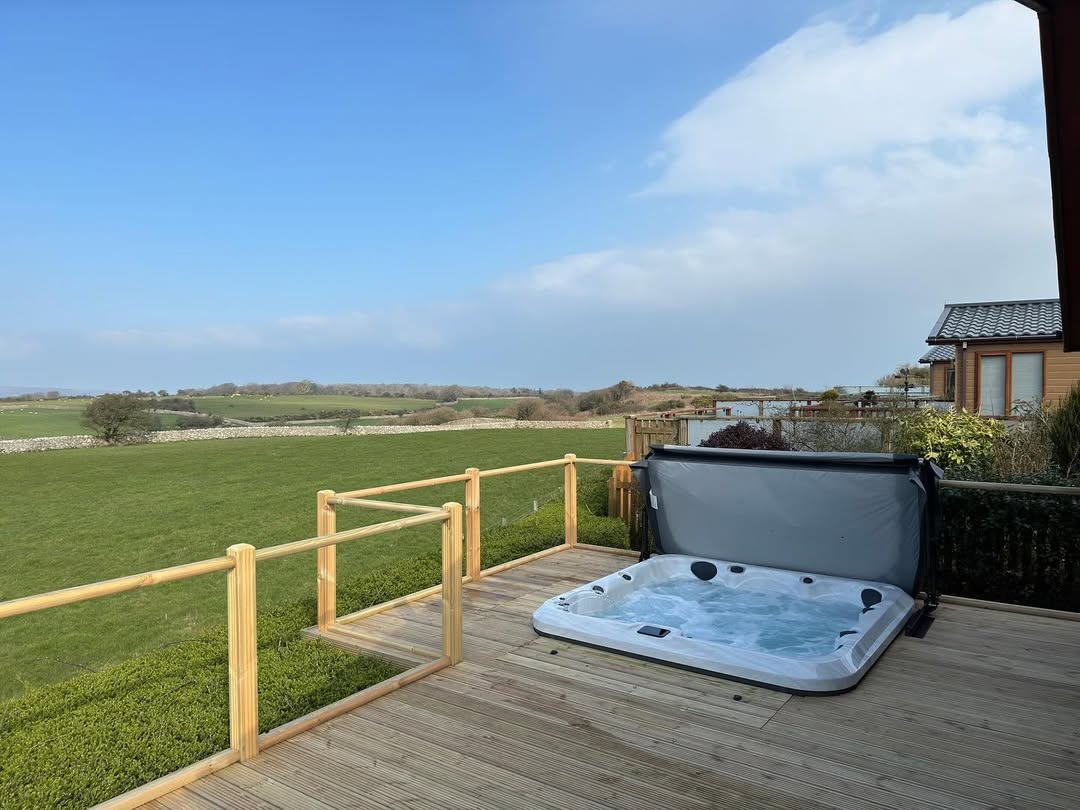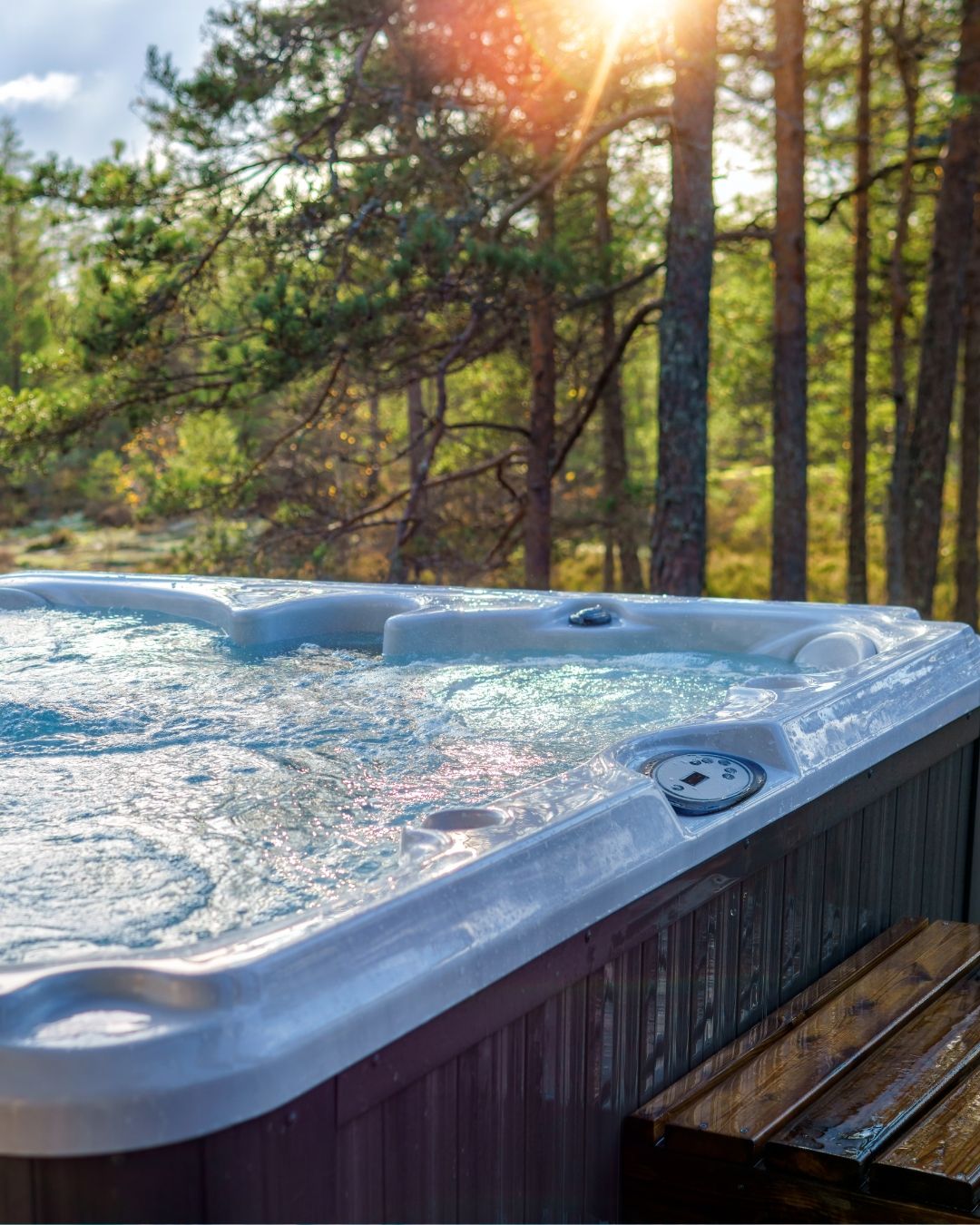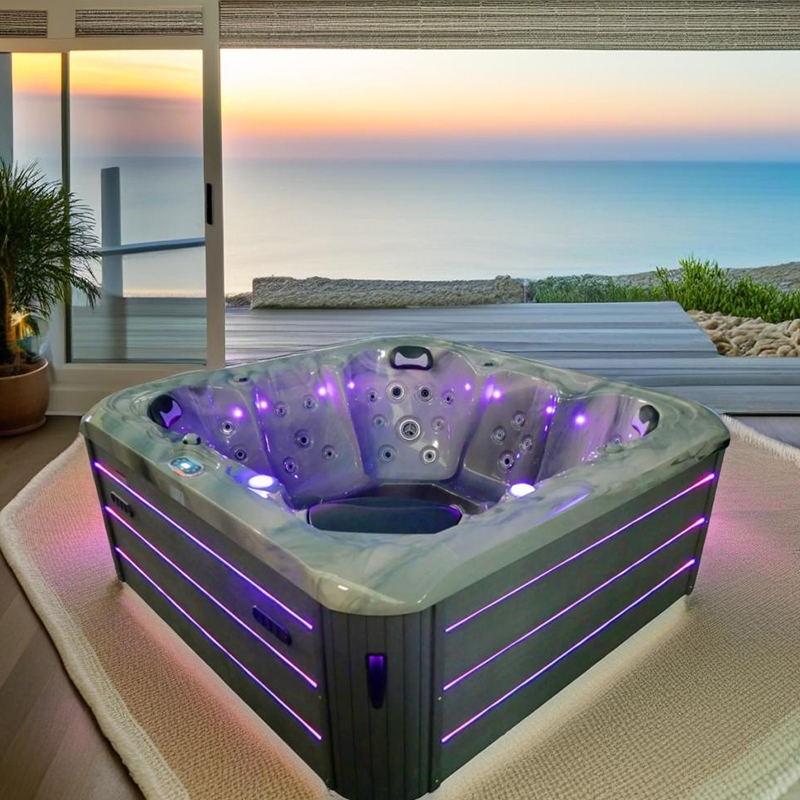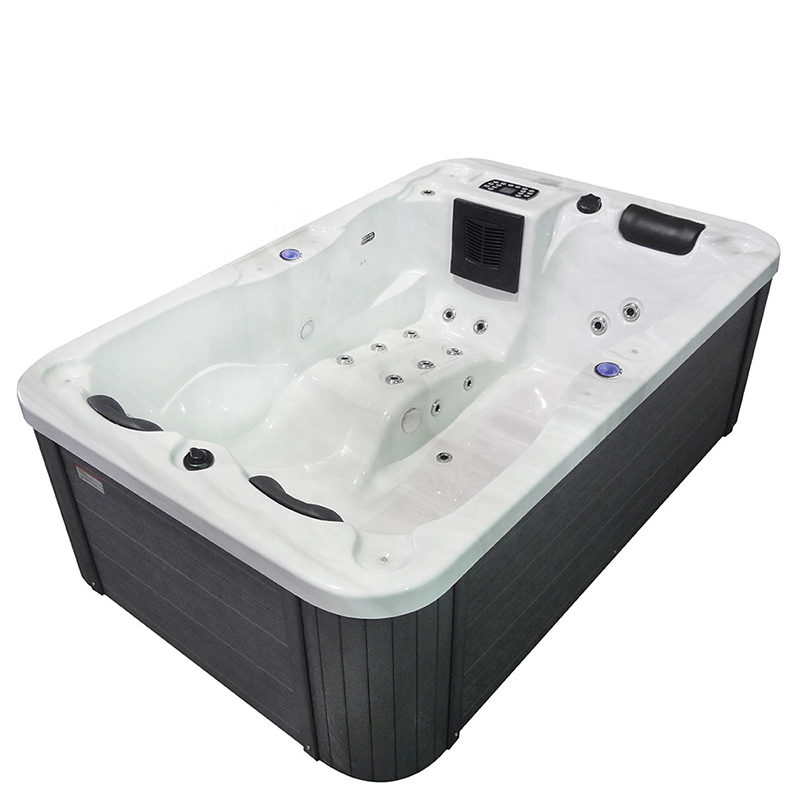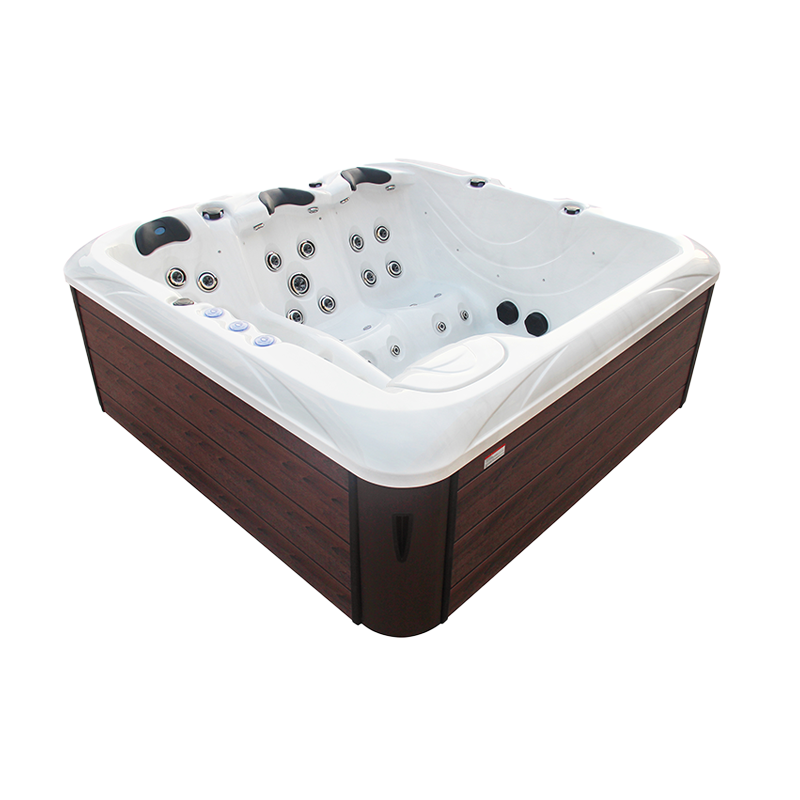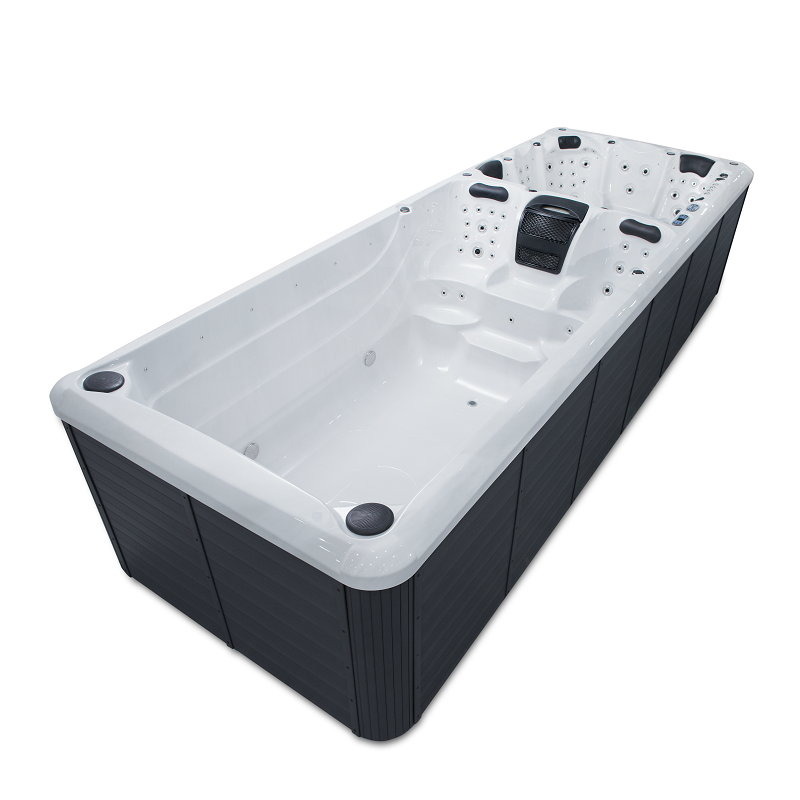Purchasing a new home is one of life’s most exciting milestones. After navigating multiple showings, negotiations, and paperwork, you finally get the keys to your dream home—congratulations! Now comes the monumental task of moving in. Packing boxes and transporting furniture is challenging enough, but things get even more interesting if you own a hot tub. While hot tubs are a source of relaxation and luxury, they are also heavy, bulky, and awkward to move. Anyone who has ever tried to shift one will agree: figuring out how much a hot tub weighs—and how to safely move it—is essential. Weight directly impacts transportation plans, the number of people or equipment needed, and whether it’s even feasible to move it yourself. This comprehensive guide will explore everything you need to know about hot tub weight. We’ll break down typical weights by type, explain what affects that weight, and guide you through preparing and safely relocating your spa. We’ll also provide expert tips, highlight why professional movers are often the best choice, and answer the most common questions homeowners have. Let’s dive in.
1. Understanding the Average Weight of Hot Tubs
Before you even think about moving your hot tub, it’s important to have a clear idea of what it weighs. Not all spas are built the same, and their weight varies widely based on size, material, and features. Here are typical weight ranges (when empty) for various hot tub styles:
- Small 2-3 person hot tubs: 300–600 pounds
- Medium 4-5 person hot tubs: 600–900 pounds
- Large 6-8 person hot tubs: 900–1,200 pounds
- Swim spas and oversized models: 1,200–2,000+ pounds
And when filled with water and people, the total weight can soar to several thousand pounds. For example, a large 7-person spa can weigh over 5,000 pounds fully loaded. Knowing these numbers helps you make informed choices about structural support (like decks) and moving logistics.
2. Factors That Affect Hot Tub Weight
The weight of a hot tub is not just about its size. Several factors contribute significantly:
2.1. Material of the Shell
- Acrylic shells are heavier than rotomolded plastic shells but offer better insulation.
- Wood or composite exteriors add more weight compared to lightweight synthetic panels.
2.2. Built-in Features
- Extra pumps, multiple jets, lighting systems, sound systems, and waterfalls increase weight.
- Advanced insulation and heavy covers also add pounds.
2.3. Water Capacity
Each gallon of water weighs about 8.34 pounds (3.78 kg). Even a small 250-gallon spa adds over 2,000 pounds when filled.
2.4. Age and Model
- Older models may be heavier due to thick shells and wooden frames.
- Modern spas often use lighter composite materials, reducing dry weight.
By understanding these factors, you can more accurately estimate your hot tub’s weight and plan accordingly.
3. Preparing Your Hot Tub for a Safe Move
Proper preparation is key before attempting to move your spa. You cannot—and should not—move a hot tub full of water. Water adds thousands of pounds and can damage internal components if shifted during transport. Follow these detailed steps:
3.1. Turn Off the Power
- Locate your spa’s circuit breaker and switch it to the off position.
- For plug-and-play 110V models, unplug from the wall.
- If your spa is hardwired, hire an electrician to safely disconnect it.
3.2. Drain All Water
- Connect a garden hose to the drain valve and run the other end to a safe drainage spot.
- Open the drain valve. Use a משאבה צוללת to speed up the process—this can save hours.
- Be aware of local laws regarding draining into storm drains or sewers.
3.3. Remove Water from Pipes
- השתמש ב- wet/dry shop vacuum to suck out leftover water.
- Switch the vacuum to “blow” mode to push water from pipes through the jets, then vacuum it up.
- This is crucial if moving to a location with freezing temperatures.
3.4. Clean the Hot Tub
- Once dry, scrub the shell, polish surfaces, and repair any visible cracks or scratches.
- This is easier now than after you’ve moved it.
Proper draining and cleaning not only prevent damage during the move but also give your spa a fresh start at its new location.
4. Planning a Safe Moving Route
A hot tub’s bulk makes moving it tricky. Even empty, most spas are too heavy to lift outright. Planning the route minimizes the risk of injury or damage. Key planning steps include:
- Measure the spa’s height and width.
- Measure all doorways, gates, fences, and stairways on your path.
- Factor in extra clearance if using a dolly or moving cart (which adds height).
- Lay down plywood, cardboard, or thick blankets to protect surfaces and make sliding easier.
Tilt the spa carefully onto its side (never upside down) on your chosen moving surface. With enough helpers, slide it slowly along the planned path. Move slowly, pausing often to rest and realign.
5. When a Crane Might Be Necessary
Sometimes, the layout of your property makes sliding or dolly-moving impossible. If your hot tub is on a rooftop deck, enclosed patio, or backyard surrounded by walls, a crane lift may be the only option. Many professional spa movers and dealers offer crane services. While this adds cost, it drastically reduces risk and effort. Experts can hoist the spa over obstacles safely and quickly—something that’s nearly impossible to do on your own.
6. Why Hiring Professional Spa Movers Is Worth It
Although moving a hot tub yourself might seem like a way to save money, it often ends up costing more if things go wrong. Professional movers:
- Are trained to disconnect electrical systems safely.
- Have the right dollies, straps, and protective gear.
- Know how to maneuver large, awkward loads through tight spaces.
- Offer insurance and protect your warranty (DIY moves can void it).
They can also reinstall your spa at your new home, ensuring it works correctly. Considering the cost of potential damage, hiring experts is often the safest and most economical decision.
7. How to Reduce the Weight Before Moving
If professional movers aren’t an option, and you absolutely must move the hot tub yourself, lightening the load is crucial. Here are ways to make the spa as light as possible:
- Remove the cover and cover lifter. These can weigh 50–100 pounds.
- Detach the access panels and steps. Set them aside to reinstall later.
- Take out removable internal components. Remove seats, headrests, filters, and skimmer baskets.
- Fully dry out the spa. Even a few gallons of leftover water can add 50+ pounds.
Every bit of weight you remove makes the job safer and easier.
8. Considering an Upgrade Instead of Moving
If your spa is older or nearing the end of its lifespan, moving it might not be worth the cost and effort. Many dealers offer trade-in programs that credit the value of your old spa toward a new one. This can be a great way to upgrade to a more energy-efficient, feature-packed model that fits your new home’s design. A brand-new spa may also come with delivery and installation included, eliminating the stress of transport entirely.</p>
9. Final Thoughts: Making a Smart Move
Moving a hot tub is no small feat. These heavy, bulky relaxation machines require careful preparation, planning, and muscle power. Start by understanding how much your hot tub weighs, empty and full. Drain and clean it thoroughly, clear a safe path, and gather enough strong helpers or hire professionals to ensure the job goes smoothly. Remember that safety and protecting your investment are more important than saving a few dollars. Whether you move your current spa or decide to upgrade, you’ll be able to enjoy bubbling relaxation in your new home for years to come.
10. FAQs
Q1: How much does a hot tub weigh when full of water?
A typical 6-7 person hot tub holds 400–600 gallons of water. At 8.34 pounds per gallon, that adds 3,300–5,000 pounds just from water, plus the tub’s own weight and the weight of the people inside. Fully loaded, large spas can weigh 5,000–6,000+ pounds.
Q2: Can I move a hot tub by myself?
Technically yes, but it’s risky. Even small spas weigh hundreds of pounds and are bulky to handle. You’ll need at least 3–4 strong helpers, a dolly, straps, and protective padding. Hiring professionals is strongly recommended to avoid injury or damage.
Q3: Do I need to reinforce my deck for a hot tub?
Yes, usually. Because hot tubs are extremely heavy when full, most decks need reinforcement to support the load safely. Consult a structural engineer or contractor to ensure your deck can handle the weight before installation.

